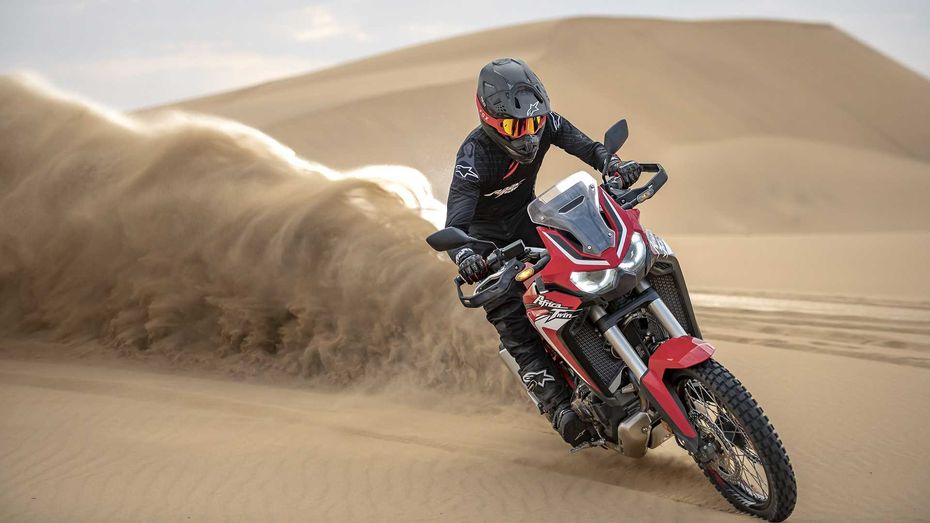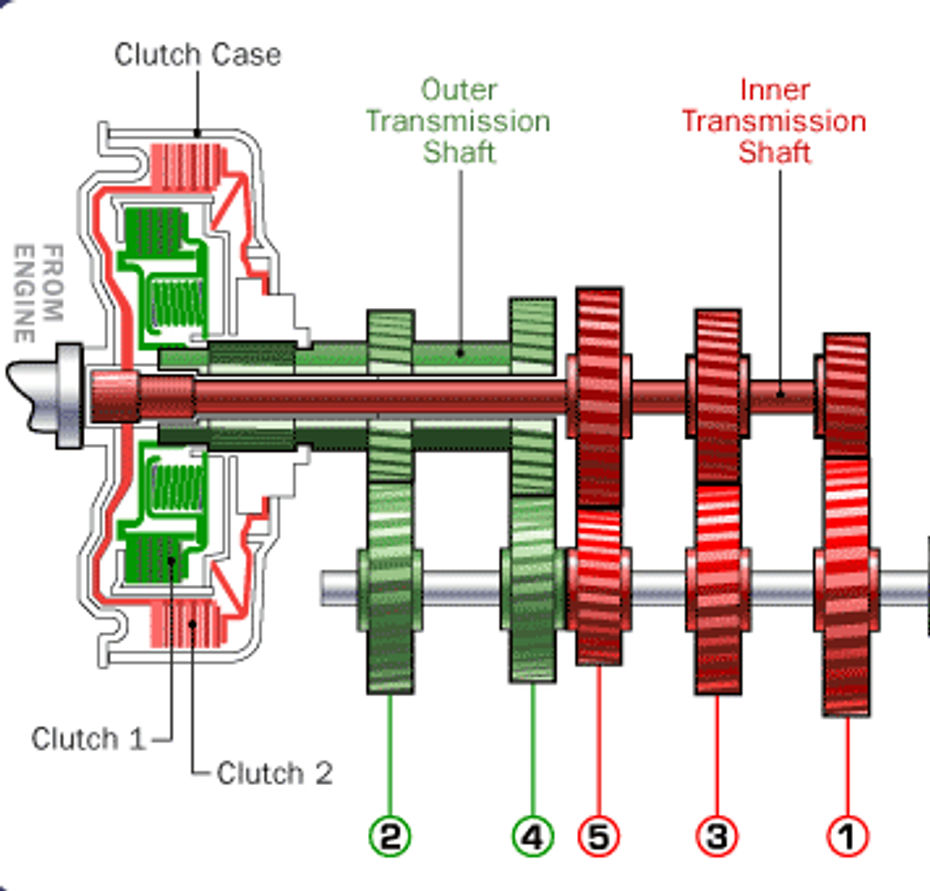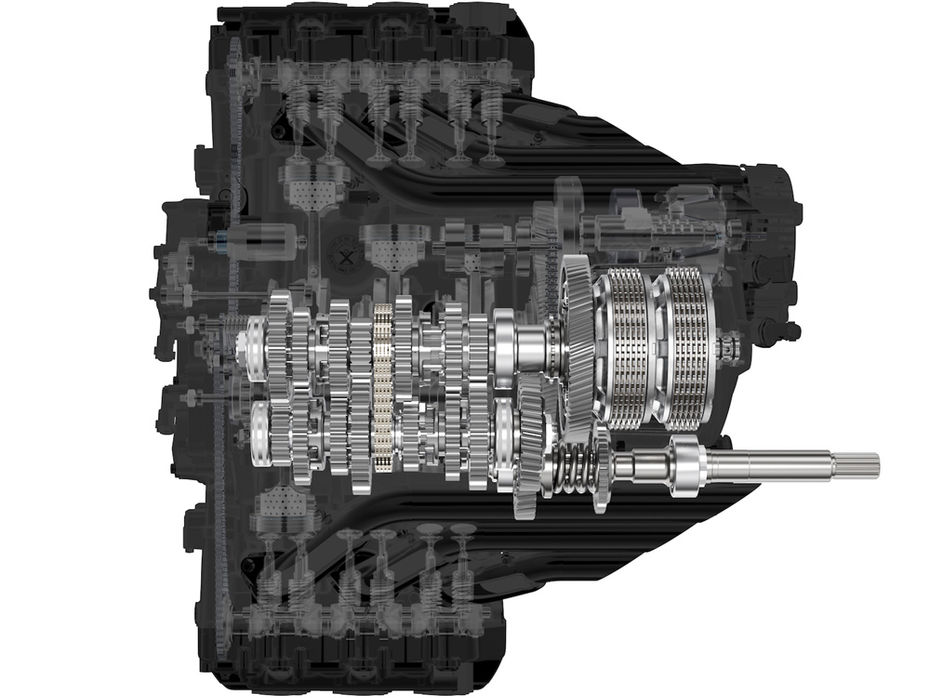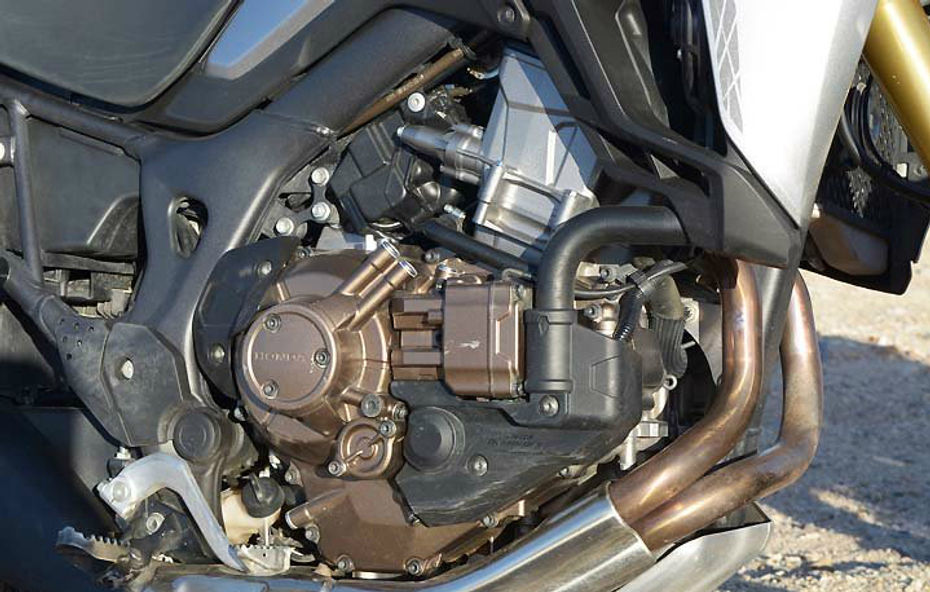
Ricky Brabec - Conversing With The 2020 Dakar Champion @ Honda Africa...
- Mar 6, 2020
- Views : 8777


Honda is a manufacturer that prides itself on not going down the tried and tested route but rather developing something radically new and different. It shifted paradigms with its CB750 and defined a template for modern superbikes with the original Fireblade. In more recent times, the new Goldwing’s unconventional front suspension has grabbed attention. Another very clever piece of tech present not only on the Goldwing but also its Africa Twin adventure bike (including the recently launched 2020 model) is a DCT or dual-clutch transmission. So, what exactly is it and how does it work?
The Basics
To understand how a DCT is different, we must first know what a conventional gearbox is like. Well, you’ve got an engine connected to a gearbox via a single clutch. So, to change gear, simply disengage the clutch, shift into a new gear, and re-engage the clutch. Sounds simple enough, but it does require quite a lot of time to execute a shift (relatively speaking, of course). Which is where a DCT comes in…..
Dual Clutch Transmissions

DSG, DCT, PDK. You’ve probably heard it called by many names in the car world, but the basic construction and working of all dual-clutch transmission systems is pretty much the same. There’s one clutch pack (let’s call it clutch pack A) that handles the odd gears (1,3,5,7) and another (clutch pack B) which handles the even gears (2,4,6).
When you’re in 1st gear, clutch pack A is engaged with 1st gear selected, and clutch pack B is disengaged with 2nd gear selected. For the sake of this article, let’s assume that the transmission is in ‘Automatic’ mode and handling all the shifts by itself. As you accelerate and revs rise, at a certain point, the transmission control unit (its little electronic brain) decides that it’s time to shift into 2nd gear.
What happens now is rather simple - clutch pack A is disengaged, and clutch pack B is engaged. Easy peasy. Since 2nd gear was already selected, there is no real “shift” that needs to occur. As you continue accelerating, clutch pack A selects 3rd gear and keeps it ready, which means that when the time comes to shift up again, clutch pack B is disengaged and A is engaged.
This requires considerably less time when compared to a conventional manual shift, an automated manual transmission or a clutch converter (planetary geartrain) automatic - the sort of thing you see on most non-DCT automatic cars.
Manual Mode

Since the little electronic brain controlling the gearbox is rather smart, more often than not, it knows what gear you’re going to need next, and keeps it selected for you. This means that even when you give a manual command for a shift (either via a paddle or a button or a mock shifter), the control unit simply has to disengage one clutch pack and engage the other.
The only time an issue may crop up is if the situation changes suddenly. Consider this - you’re accelerating hard through 3rd gear, so the control unit has selected 4th and kept it ready for you. Suddenly, a dog runs into the middle of the road and you have to get on the brakes hard, so you ask for a downshift from the vehicle. In such a situation, the requested shift will take slightly more time, because the control unit has to first de-select 4th gear and select 2nd, and then engage clutch pack B.
The Working

The actual operation of the clutch packs and selection of gears is done by mechatronic means. This is a collaboration between mechanical and electronic fields, where an electronic control unit uses hydraulic circuits and actuators to bring about the necessary actions.
There is no mechanical connection to the gearbox from a paddle shifter/button/mock shift lever. By operating any one of these, you are simply sending an electronic signal to the transmission control unit, which then executes the shift by operating the appropriate hydraulic valves.

Ricky Brabec - Conversing With The 2020 Dakar Champion @ Honda Africa...

Two Middleweight Japanese Sportsbikes Face Off

2020 Honda CRF1100L Africa Twin Adventure Sports Walkaround, Specs,...

2020 CRF1100L Honda Africa Twin Adventure Sports Image Gallery

BREAKING: 2025 Honda SP125 Launched In India

2025 Honda Activa 125 Launched In India

Honda Big Bikes To Launch In India Soon: CB1000 Hornet, CBR650R,...

2025 Honda SP125: Features Explained

Breaking: Honda Unveils Activa E and QC1

Honda e:Swap Battery Swapping Network Launch Dates Revealed
India's largest automotive community
 BMW R 1300 GS Adventure
Rs. 22.95 Lakh
BMW R 1300 GS Adventure
Rs. 22.95 Lakh
 BMW S 1000 RR
Rs. 21.10 Lakh
BMW S 1000 RR
Rs. 21.10 Lakh
 Suzuki Gixxer SF 250 Flex Fuel
Rs. 2.16 Lakh
Suzuki Gixxer SF 250 Flex Fuel
Rs. 2.16 Lakh
 Hero Xtreme 250R
Rs. 1.79 Lakh
Hero Xtreme 250R
Rs. 1.79 Lakh
 Hero XPulse 210
Rs. 1.75 Lakh
Hero XPulse 210
Rs. 1.75 Lakh